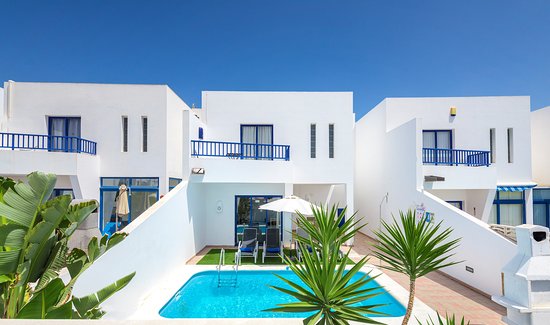 When comparing current prices to the prices of properties at the beginning of 2020, in nine autonomous communities the price of apartments has increased, while in ten others we can see an increase in single-family properties (detached, semi-detached and terraced housing).
When comparing current prices to the prices of properties at the beginning of 2020, in nine autonomous communities the price of apartments has increased, while in ten others we can see an increase in single-family properties (detached, semi-detached and terraced housing).
The largest increases in single-family property prices were registered in La Rioja (5.6%), the Balearic Islands (4%), Andalusia and the Valencian Community (both with 3.9%). But there were also falls, in places such as Castilla y León (-3.2%), Aragon (-2.2%) or Navarra (-1.5%).
The main increases in apartment prices in January were reached in Extremadura (5.8%), the Basque Country (4%), Asturias (3%) or La Rioja (2.8%). While in Andalusia (-1.6%), Castilla y León (-1.4%) or the Canary Islands (-1.2%) fell in the year of the coronavirus.
The highest prices for apartments for sale can be found in Madrid (3,115 euros / m2), the Balearic Islands (2,979 euros / m2), the Basque Country (2,787 euros / m2) and Catalonia (2,536 euros / m2). The cheapest, however, are seen in Castilla-La Mancha (963 euros / m2), Extremadura (1,038 euros / m2) and Murcia (1,046 euros / m2)
Regarding single-family homes, the highest prices have been established in the Balearic Islands (3,275 euros / m2), the Basque Country (1,901 euros / m2), Madrid (1,883 euros / m2) and Catalonia (1,805 euros / m2). On the other hand, the prices of the most affordable single-family homes are in Castilla-La Mancha (730 euros / m2), Extremadura (743 euros / m2) and Castilla y León (84 euros / m2).
If we zoom in at the provincial level, 24 provinces saw house prices rise compared to 26 data declines in the rest of the regions. The situation of the flats was somewhat better, with 27 provinces rising versus 23 falling.
Looking at the single-family home map, the highest increases were recorded in Malaga (10%), La Rioja (5.6%), Lleida (5.2%) or Cáceres (5.1%). While the most pronounced decreases can be observed in Palencia (-8.4%), Huesca (-7.4%) or Córdoba (-5.4%).
Regarding the flats, the most notable increases can be seen in the provinces of Guipúzcoa (8%), Cáceres (6.8%), Badajoz (5.3%) or Cuenca (4.7%). On the other hand, the most notable falls in horizontal housing prices have occurred in Córdoba (-5.8%), Salamanca (-4.7%), Palencia (-4.4%) or Ciudad Real (- 3.8%).
Among the prices of the most expensive villas, the Balearic Islands once again topped the list (3,275 euros / m2), this time followed by Malaga (2,377 euros), Guipúzcoa (2,185 euros / m2), Girona (2,016 euros / m2) or Barcelona (1,931 euros / m2). All their prices increased in the year of the coronavirus, except Guipúzcoa, where it has fallen by 1.7%.
The cheapest single-family home in Spain can be found in Cuenca (560 euros / m2), Ciudad Real (608 euros / m2), Ourense (680 euros / m2) or Jaén (695 euros / m2), all with falls during the last year.
Regarding flats, the provinces with the highest prices range from 3,298 euros / m2 in Guipúzcoa, 3,115 euros in Madrid; the 2,979 euros / m2 in the Balearic Islands; the 2,969 euros / m2 of Barcelona or the 2,732 euros / m2 of Vizcaya. Of these large markets, the Balearic Islands (-0.3%) and Barcelona (-1.3%) had year-on-year falls.
Toledo (808 euros / m2), Ciudad Real (861 euros / m2), Ávila (899 euros / m2), Jaén (932 euros / m2) and Cuenca (947 euros / m2). mark the cheapest areas in Spain.